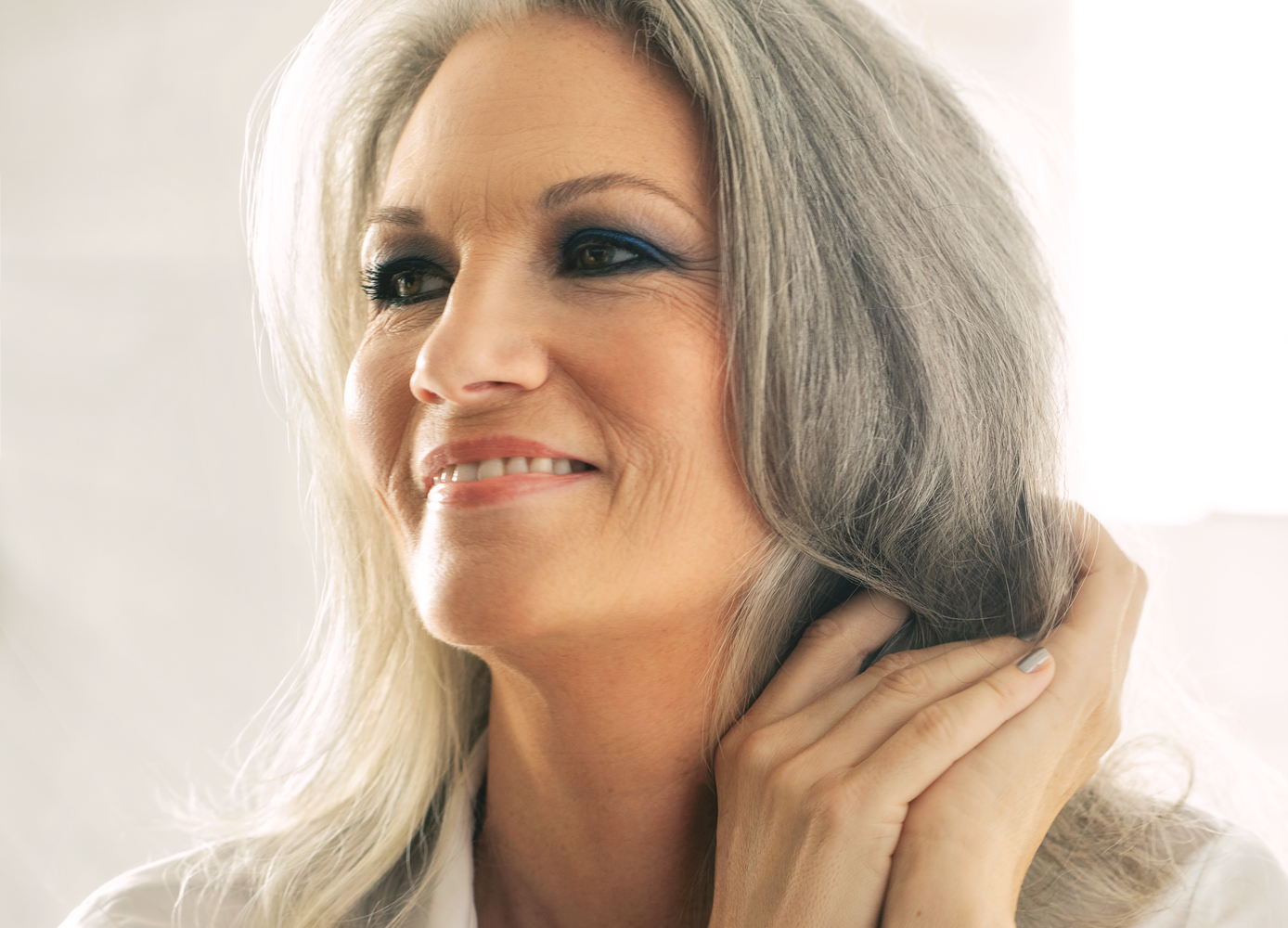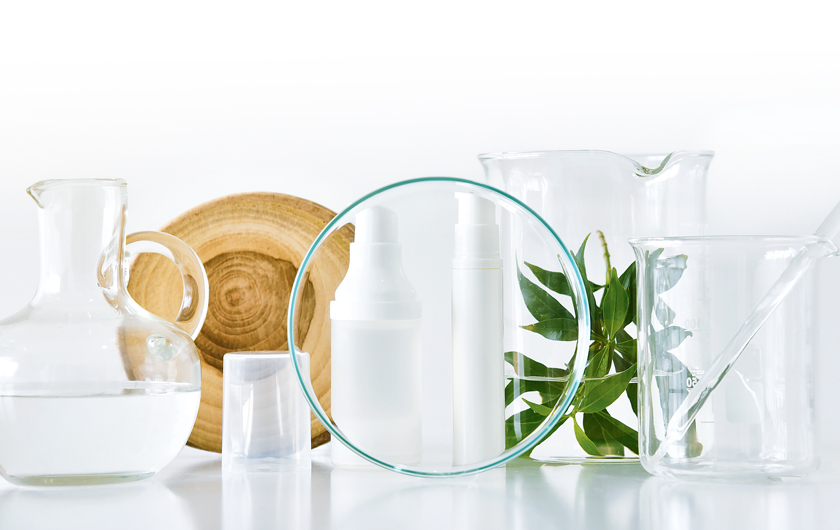Find out how to keep your skin looking radiant
By Lola Augustine Brown
When Snow White’s wicked stepmother asks her magic mirror, “Who is the fairest one of all?” it tells her that Snow White is more beautiful because of her “gentle grace” and “skin white as snow.” Thus we learn from an early age the importance of that youthful glow—and then spend much of our adult lives trying to maintain it.
“As we age, our skin shows the effects of dehydration, loss of elasticity, and sagging, and it becomes thinner, with more broken capillaries, redness, and sun damage and pigmentation,” explains aesthetician Oresta Korbutiak, owner of Oresta organic spas and beauty boutiques, in Ottawa.
“While not everybody suffers from age spots, the loss of elasticity and wrinkles are going to affect everyone,” says Christina McDougall, director of The Spa at Old Mill Toronto. “Those who suffer less than the rest of us can thank good genetics. We all know people who’ve only ever used cold cream on their faces and look amazing—that’s genetics, not the cold cream.”
Time may be a harsh mistress, but there are ways we can vastly improve the health and appearance of aging skin, including taking better care of ourselves. “There is no one magic treatment or pill, and we cannot avoid wrinkles, but healthy, radiant skin is achievable at any age,” Korbutiak says.
The Science Behind Youthful Skin
Anik Kerr-Denis, the former scientific relations leader at Vichy Laboratories, says that age-related factors lead to cellular slowdown, which is responsible for a loss in elastin and collagen, leading to sagging and wrinkling. Skin takes longer to regenerate as we age and dead skin cells pile up, making the skin look dull. Sun damage and other environmental factors cause dark spots to appear on the face and hands. Historically, menopausal skin hasn’t been considered particularly sexy, Kerr-Denis says, and there weren’t always specific products designed to cater to it, but in recent years, this has changed dramatically.
For example, Vichy and L’Oréal have put a lot of research dollars into trying to understand what the loss of hormones during and after menopause does to the skin in order to create products that help counter those effects.
One discovery is that DHEA, one of the most plentiful hormones in young skin, acts to increase moisture in the skin and stimulate collagen production.
“We cannot replace those hormones or one hundred per cent make the signs of aging disappear, but we’ve discovered how to relaunch DHEA in the skin and harness the long-term benefits of that,” she says.
Finding Your Skin Solutions
When clients come to Korbutiak for help in improving their complexions, she addresses their concerns with a combination of regular professional facial treatments and correct home care.
“We recommend facials each month or, at minimum, when the seasons change, to allow the skin to adapt to climate changes,” she says. “Proper home care is critical for achieving results. Even with a regular monthly facial, you have 28 to 30 days to work on improving your skin at home.”
If you don’t know where to begin, visiting an aesthetician is a good way to become more informed; he or she can show you which products will work on your skin and how best to use them. Korbutiak recommends seeing a professional because, she says, “we’re bombarded with media information offering false promises of youthful skin,” and because we may need help identifying good products amid all the hype. (If you prefer organic skin-care products, searching out a spa or beauty boutique such as Korbutiak’s can help you find the best of these, many of which you won’t find at a regular beauty retailer—and you’ll avoid being greenwashed into buying stuff that isn’t actually all that organic or effective, despite what the labels claim.)
Good products can make a noticeable difference in how your skin looks and feels. “You can slow down the aging process quite a bit,” McDougall says. “Eighty per cent of wrinkles and fine lines are caused by dehydration, so keeping the skin hydrated is one of the best lines of defence.”
You don’t need a raft of products to achieve great results. McDougall recommends finding a serum or gel that contains collagen and elastin, vitamin C, and vitamin A, as these ingredients will improve your skin tone, evening out any discolouration or dark spots. The product should be applied under your moisturizer.
“I’m a heavy believer in using serums or gels. Your face cream is used to moisturize the top layer of the skin, the epidermis, but it’s the serums that go deeper into the dermis and combat the problems,” she says. “They’re more internal, and then the moisturizer works to seal them in.”
Kick-Start Your Skin Care
A great way to address these issues and start looking after your skin properly is to treat yourself to a facial designed especially for aging skin.
The first step in any facial is exfoliation before any products are applied, because there’s no benefit in feeding dead skin cells.
“Exfoliation is your greatest defence against dull skin. You want to remove that layer of dull skin on top because every 28 to 37 days, our bodies are regenerating new skin cells, but as we age, the old skin cells tend to stay on the skin, and that’s what leads to it becoming dull,” McDougall says.

Guests at The Spa at Old Mill Toronto who have $260 to spend can get the same antiaging facial that Madonna, Gwen Stefani, and Heather Locklear get—the Collagen Plus Oxygen Infusion, which treats the skin with collagen, elastin, oxygen, and vitamins A, E, and C. (A similar option is available at several premiere spas across the country.) After a 90-minute treatment, skin feels plumper and fine lines and wrinkles are reduced, which makes this a perfect boost whether you’ve got a red carpet to walk or a high-school reunion to attend. Once you’ve treated your skin to this, you can keep the effect going by using products containing the same ingredients at home. “That way, you’re feeding your skin everything it needs to stay healthy,” McDougall says.
If you have really thick, dull, dehydrated skin, or perhaps scars or age-pigmentation issues that really bother you, then microdermabrasion may help a great deal: mineral crystals and a special vacuum are used to buff and polish the skin. With a series of treatments (six are usually recommended), fine lines are greatly diminished, as is scarring from acne, age spots, and sun damage.
“Microdermabrasion can even out skin tone and scarring tremendously,” McDougall says, “but you need to be careful after this treatment because it can make you more photosensitive; you have to protect your skin with mineral sunscreen afterwards.”
Developing Healthy Habits


You can minimize future sun damage by applying sunscreen. Many current moisturizers and foundations contain sunscreen, but applying more of it will help protect your skin. Korbutiak recommends reapplying sunscreen every two hours.
Photos: iStock.





